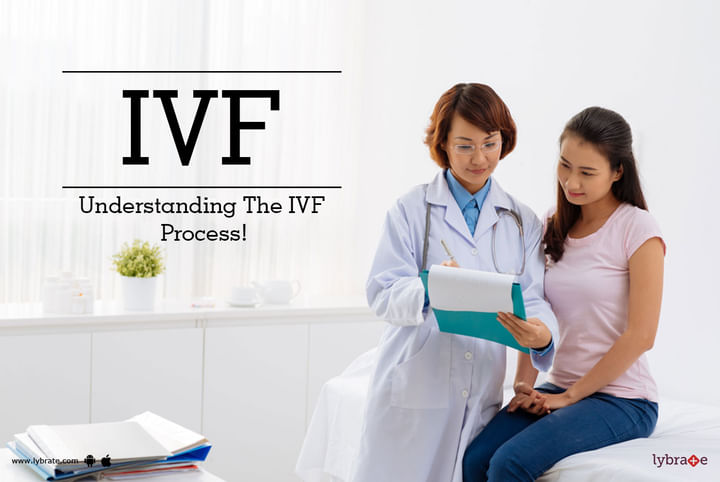Get the App
For Doctors
Login/Sign-up
Last Updated: Jan 10, 2023
BookMark
Report
IVF - Understanding The IVF Process!
Dr. K.D NayarIVF Specialist • 49 Years Exp.MBBS Bachelor of Medicine and Bachelor of Surgery, DGO, MD - Obstetrtics & Gynaecology, Dip.Obstetrtics, FICOG
In-vitro fertilization (IVF) is a fertilization technique through which the sperm and an egg are fused in a laboratory. The embryo is grown in a lab for a span of 4-5 days and then transferred to a woman’s uterus. This process is extremely effective and increases the chances of fertilization. There is a four-step process of IVF as discussed below:
- Ovulation induction: The first process involves the inspection of the ovary and subsequent release of the eggs. Among other observations, the doctor observes whether the ovaries are functioning well, hormones are present in adequate quantities and blood pressure is normal. If there is a shortage of ovary, women are advised to consume fertility medicine for a while. More the number of ovaries produced, better are the chances of successful embryo formation. In case egg formation causes a bother, one can talk to their doctor regarding donor eggs being used for the process.
- Retrieval of the egg: During this process, a doctor might suggest pain medication in order to negate any discomfort that a woman might face. A thin needle is then passed through the vaginal wall. Along with vaginal ultrasound and gentle suction, fluid from the follicles is taken out. The egg is separated from the follicular fluid and is placed in the culture dish that contains nutrient media. The dish is then placed in the incubator for further processing.
- Fertilization: The next process is to ensure that the egg fertilizes properly. In order to do this, a healthy sperm cell is obtained from the partner or a wishful donor. After a careful inspection, the most active sperm cell is combined with the egg and placed in a chamber. The sperm and the egg are taken to a common place and the two are mixed in the incubator. A healthy embryo thus develops.
- Embryo transfer: The final process involves the transfer of the embryo. This is the most complicated step in this procedure. A little glitch can jeopardize the whole procedure and threat the success rate. Out of all the embryos, the healthy one is selected. Inside the vagina, a speculum is then placed and the healthiest embryo is transferred into the uterus. This is a strenuous process and complete bed rest for more than a day is advised by doctors.
- Pregnancy: Post the IVF process, a woman might take a couple of weeks to get pregnant. If the procedure becomes successful, your pregnancy test will come as positive. Many, though, return a negative test result. This only signifies that the procedure has failed. On an average, it takes 2 attempts for IVF to become successful. This is not a high-risk procedure and the same can be taken as many times as you want. If you wish to discuss about any specific problem, you can consult an IVF Specialist.



+1.svg)
